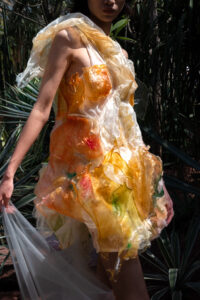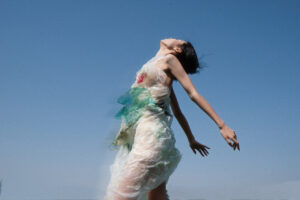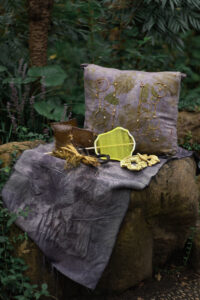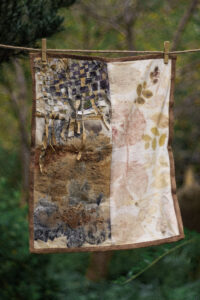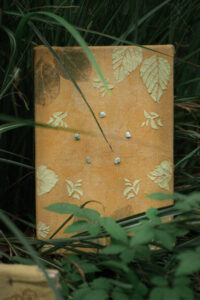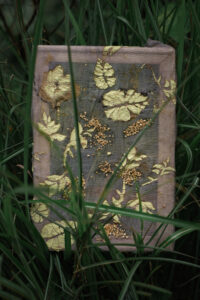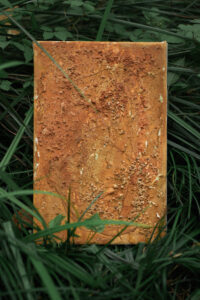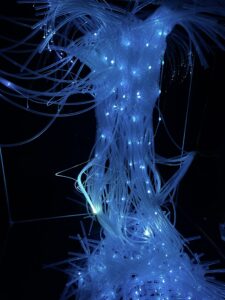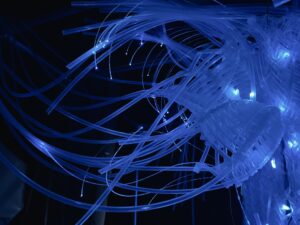WEEK2-WE ARE ONE
An Indivisible Whole
Nature and humans are interconnected and form a whole. We live in nature and walk on the soil. Separating ourselves from our surroundings is unrealistic. It is illogical to hold a dualistic view of nature and civilization, the environment and people. We must acknowledge that any human activity has a bearing on the environment and that the environment constantly influences human activities, social growth, and cultural development. These effects and modifications are ongoing consent changes. We cannot break them simply because their interdependences are too delicate and difficult to detect. In the book Environmental Histories of Design: Towards a New Study Agenda, the authors argue that in the context of the Anthropocene, design history and environmental history must forsake dualism and engage in cross-disciplinary study. Engaging with the natural environment can considerably help design history and ecological history can be advanced by focussing more on the importance of the created environment. Design and designers hold an ambiguous place in contemporary environmental discourse.
Designer’s Role
We should never forget our role and position on the earth while promoting the importance of experience. That is, we are not simply thinking heads, but bodies with feelings and consciousness, and we understand the world via experiencing.
As a textile designer from the PGT program Design for Change, I can’t help but consider the role of textiles and materials in the present day, along with the function, obligation, and future actions of textile designers in this ongoing ecological crisis. Fabric design has an extensive past, but it has to contend with sustainability problems such as water usage, power consumption and emissions of greenhouse gases, toxic dye use, and an enormous amount of textile waste.
Rewriting the history of fabric design from an ecological and sustainable perspective could highlight developments and movements that have pushed the industry towards greater environmental stewardship. For example, the emphasis could be on the adoption of organic cotton, natural colors, and waste-reduction measures through design.
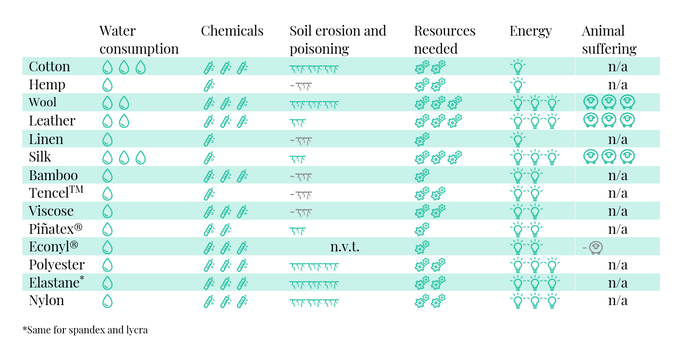
Image: from web https://www.projectcece.com/blog/432/most-sustainable-fabrics-in-fashion/
The design ought to consider into consideration not only aesthetics and usefulness but also the broader social and environmental implications. As designers, we have the ability to influence not only items, but also cultures, experiences, and lifestyles. Transformative fabric design entails taking into account how each design element influences the environment and society. This includes selecting sustainable materials, accounting for energy consumption during production, and developing goods that are recyclable or biodegradable.
Case Studies
The Eden Project in Cornwall, 2000, UK Image: from web https://common.earth/eden-project
Vegan Leather
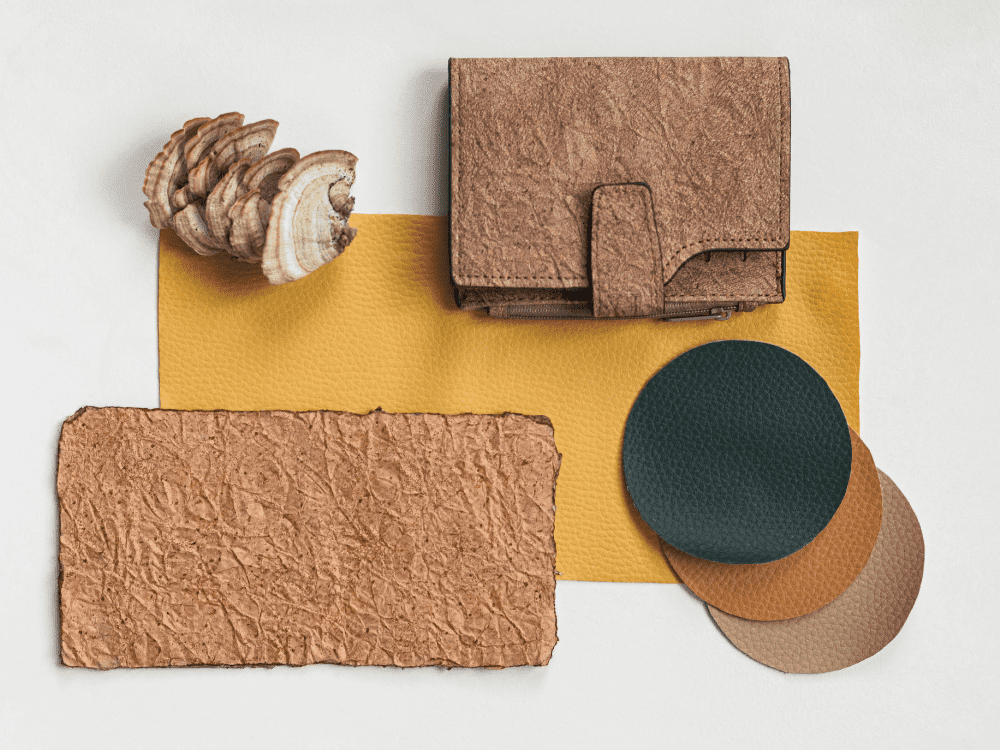 Image : by marchenko_family via Canva Pro, from web https://www.sustainablejungle.com/sustainable-fashion/vegan-leather-sustainable
Image : by marchenko_family via Canva Pro, from web https://www.sustainablejungle.com/sustainable-fashion/vegan-leather-sustainable
Books
- “Design Like You Give a Damn: How to Create Social Change Through Design”by Various Authors. A collection of essays and case studies that showcase how design can address social and environmental challenges.
- “The Upcycle: Beyond Sustainability-Designing for Abundance”by William McDonough and Michael Braungart. This book expands on the concept of upcycling, which is about creating value from ‘waste’.
- “Sustainable Fashion and Textiles: Design Journeys” by Kate Goldsworthy.
- This book provides an overview of sustainable design practices in the fashion and textile industries.
- “The Sustainable Fashion Handbook” by Sandy Black.
- A comprehensive guide to the ways in which the fashion industry is moving towards sustainability.
Online Resources
- Inhabitat (https://inhabitat.com).
- A website dedicated to sustainable design and eco-friendly technology.
- Designboom (https://www.designboom.com).
- An architecture and design blog that often features sustainable and innovative designs.
- The Sustainable Fashion Forum (https://sustainablefashionforum.com).
- A platform for sharing ideas and solutions for sustainability in fashion.
- Fashion Revolution (https://fashionrevolution.org).
- A global movement that aims to change the way fashion is sourced, produced, and consumed.
